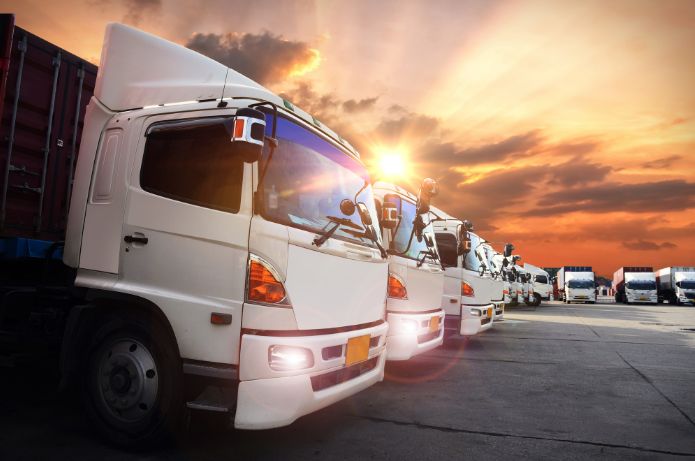The free flow technology, or free flow, recently authorized in national territory by Law No. 14.157/2021, is revolutionizing road freight and fleet transport in Brazil. Although it is a novelty around here, free flow is already widely used in other countries like China, United States, Portugal and our neighbor Chile
Free flow is a toll system without barriers, that allows vehicles to be identified and charged through portals installed along the highways. These portals read the plate or the chip installed in vehicles through tags. In practice, the driver does not need to stop or reduce speed when passing through the toll booth, what results in economy, and brings various benefits
Payment can be made automatically, through the tag installed on the vehicle's windshield, that communicates with the gateways located along the route. In this case, the driver receives the toll charge on their own tag invoice. The user who does not have the technology, you need to make the payment manually, through the app or website of the highway concessionaire
Besides the ease of use and convenience of payment on the bill, the use of the tag as a payment method for free flow has exclusive advantages, how the 5% discount on the toll amount applied, the Basic Rate Discount (BRD), exclusively intended for users of the automatic payment solution
The project, that began its implementation in Brazil in January 2023, is being established gradually, having its first installation in the state of São Paulo started last Wednesday (04.09). Implanted in the municipality of Itápolis, the portico is located at km 179 of the SP-333 highway. According to EcoNoroeste, toll road operator, the charge amount remains the same as the previous toll, of R$ 8,90. While tag users pay R$ 8,45 – with the 5% discount from DBT
Besides São Paulo, there are still four free flow gantries in operation equipped with cameras and laser sensors, being one in Rio de Janeiro (Rio-Santos) and three in Rio Grande do Sul (ERS-122, ERS-240 and ERS-446, an important milestone of this transformation. According to Abepam (Brazilian Association of Automatic Payment Companies for Mobility), there are already gantries installed or in the process of installation on 27 federal highways and 58 state highways
The main promise of free flow is to promote a fairer charge, once the gantries will be installed at more points, resulting in the charging of fees proportional to the distance traveled. For drivers, it is a significant relief. The end of queues at tolls brings a gain in productivity and reduces stress, with greater fluidity in traffic, which also helps to reduce fuel consumption – what directly impacts the driver's wallet and also helps the environment
Already for the shippers, responsible for the shipment of goods, the free flow contributes to better predictability of transit time, what facilitates logistical planning. The reduction of delays and greater efficiency in transportation result in a more reliable and agile supply chain, providing a faster response from companies to market demands
In practice, the comparison between traditional toll booths and the free flow system is revealing. A truck can reduce fuel costs by up to R$ 5 per toll plaza, simply for not needing to slow down, stop and reaccelerate. This economy, which is equivalent to about 800 milliliters of diesel per toll, represents a considerable reduction in operational costs. Furthermore, with fewer frequent braking there is a decrease in carbon dioxide (CO2) emissions in the atmosphere, benefiting the environment
As the system expands across Brazil, your benefits become increasingly evident, consolidating itself as a key player in the modernization of road transport. It is now up to companies and managers to embrace this innovation, optimizing your operations and contributing to a smoother and less polluting traffic, and make the logistics sector more efficient and sustainable


